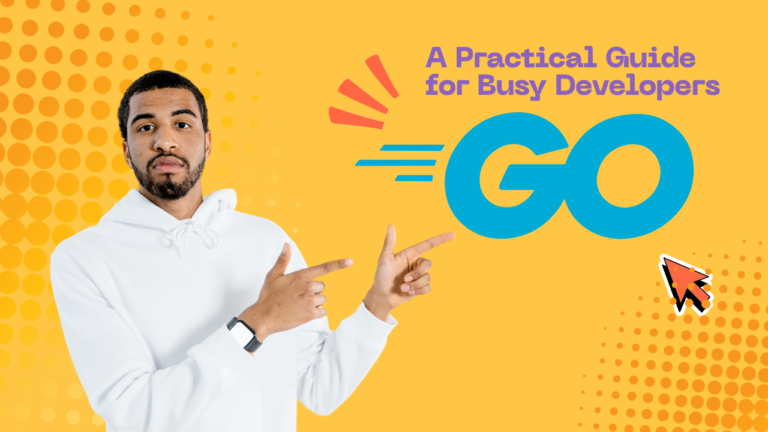Introduction
Accessibility is a critical aspect of modern web development, ensuring that applications are usable by everyone, including individuals with disabilities. AI offers innovative solutions to enhance accessibility, making digital experiences more inclusive. This blog explores how AI can be leveraged in frontend applications to improve accessibility, with examples, tools, and implementation tips.
1. Understanding Accessibility in Frontend Applications
-
What is Accessibility? Accessibility involves designing applications so that people with disabilities can perceive, navigate, and interact with content effectively.
-
Role of AI in Accessibility: AI automates and improves accessibility features, such as:
- Generating alt text for images.
- Enhancing voice navigation.
- Real-time sign language translation.
- Personalized UI adjustments for users with disabilities.
2. Key Areas Where AI Enhances Accessibility
-
Automated Alt Text Generation:
- AI models can analyze images and generate descriptive alt text.
- Tools like Microsoft’s Azure Cognitive Services and Google Vision API provide powerful image recognition.
-
Speech-to-Text and Text-to-Speech:
- AI enables real-time transcription and voice commands.
- APIs like Google Speech-to-Text and IBM Watson Speech Services are commonly used.
-
Screen Readers with AI Integration:
- AI-enhanced screen readers adapt to content context, improving navigation for visually impaired users.
-
Real-Time Captioning:
- AI provides accurate, real-time captions for video and audio content.
- Services like Otter.ai and AI-driven closed captioning APIs are examples.
-
Adaptive Interfaces:
- AI learns user preferences and dynamically adjusts UI elements.
- Examples include resizing text or changing color contrast based on user needs.
-
Sign Language Translation:
- AI can translate spoken language into sign language using computer vision models.
3. Planning an AI-Enhanced Accessible Application
For this blog, let’s create a frontend application with:
- Automated Alt Text for Images.
- Real-Time Captioning for Videos.
- Adaptive UI Adjustments.
4. Setting Up the Development Environment
-
Initialize a React Project:
npx create-react-app ai-accessibility cd ai-accessibility npm install axios -
Integrate AI APIs:
- Use APIs like Google Vision for image recognition and Google Cloud Speech-to-Text for captioning.
-
Prepare Accessible Content:
- Ensure your app follows basic accessibility guidelines (ARIA roles, semantic HTML, etc.).
5. Implementing AI-Driven Features
1. Automated Alt Text Generation
-
Upload and Analyze Images:
const generateAltText = async (imageFile) => { const formData = new FormData(); formData.append('file', imageFile); try { const response = await axios.post('https://vision-api.example.com/analyze', formData, { headers: { 'Content-Type': 'multipart/form-data' }, }); return response.data.description; } catch (error) { console.error('Error generating alt text:', error); return 'Description unavailable'; } }; -
Render Images with Alt Text:
const ImageWithAltText = ({ imageFile }) => { const [altText, setAltText] = useState(''); useEffect(() => { generateAltText(imageFile).then(setAltText); }, [imageFile]); return <img src={URL.createObjectURL(imageFile)} alt={altText} />; };
2. Real-Time Captioning for Videos
-
Integrate Speech-to-Text API:
const transcribeAudio = async (audioBlob) => { const formData = new FormData(); formData.append('audio', audioBlob); try { const response = await axios.post('https://speech-to-text-api.example.com/transcribe', formData); return response.data.transcription; } catch (error) { console.error('Error transcribing audio:', error); return ''; } }; -
Display Captions:
const VideoWithCaptions = ({ videoSrc }) => { const [captions, setCaptions] = useState(''); const handleAudioData = (audioBlob) => { transcribeAudio(audioBlob).then(setCaptions); }; return ( <div> <video src={videoSrc} controls /> <p>{captions}</p> </div> ); };
3. Adaptive UI Adjustments
- Dynamic Theme Adjustments:
const applyTheme = (preferences) => { const theme = preferences.highContrast ? 'high-contrast' : 'default'; document.body.className = theme; }; useEffect(() => { const userPreferences = getUserPreferences(); applyTheme(userPreferences); }, []);
6. Testing and Deployment
-
Accessibility Testing Tools:
- Use Lighthouse, Axe, or WAVE to evaluate accessibility.
-
Deploying the Application:
- Deploy using platforms like Netlify or Vercel.
npm run build netlify deploy
7. Future Enhancements
-
Advanced AI Features:
- Real-time sign language interpretation.
- Context-aware navigation for screen readers.
-
Integration with AR/VR:
- Use AI to make augmented and virtual reality accessible.
-
Multi-Language Support:
- AI-driven translations for global accessibility.
Conclusion
AI has immense potential to improve accessibility in frontend applications. By leveraging tools for automated alt text, real-time captioning, and adaptive interfaces, developers can build more inclusive digital experiences. Accessibility isn’t just a best practice; it’s a necessity in creating applications that serve everyone.
FAQs:
-
What are the best AI APIs for accessibility? Google Vision API, IBM Watson, and Microsoft Cognitive Services are excellent choices.
-
How does AI improve accessibility in real time? AI automates tasks like captioning, alt text generation, and adaptive UI adjustments.
-
Is AI accessibility cost-effective for small projects? Many AI services offer free tiers, making accessibility enhancements feasible for small-scale applications.

